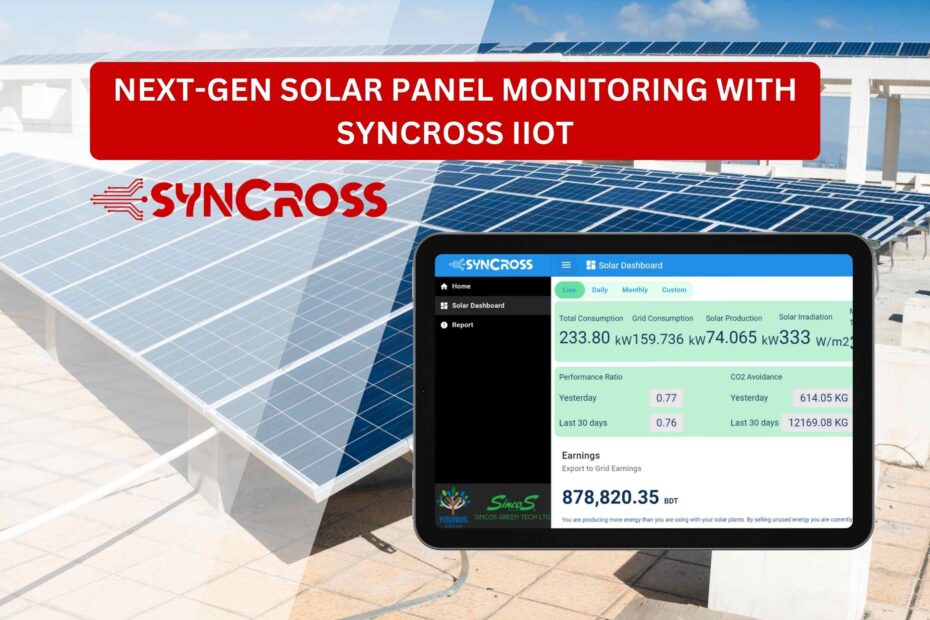Electricity costs are soaring, and industries struggle to meet power demands daily. Renewable energy sources like solar power become more prevalent and offer promising solutions to these challenges. Solar power is reliable and sustainable, making it an ideal choice for both commercial and industrial applications. However, cost and suitability issues have hindered widespread adoption. This is where the Internet of Things (IoT) steps in, providing innovative solutions to optimise solar panel monitoring for energy systems and reduce costs.
The Evolution of Solar Panel Monitoring
Traditionally, solar panel monitoring relied on manual inspections and periodic measurements. This approach was labour-intensive, time-consuming, and provided limited insights into the real-time health and performance of solar panels. However, with the advent of IoT, solar panels can now be monitored automatically and continuously, providing a wealth of data that can be used to enhance performance and efficiency.
How IoT-Enabled Solar Panel Monitoring Works
IoT-enabled solar panel monitoring involves embedding sensors and communication modules within solar panels to collect real-time data about their performance. This data is then transmitted to a central system for analysis and decision-making. The IoT-enabled monitoring system allows for remote tracking, fault detection, and performance optimization.
IoT applications in solar energy generation include smart sensors linked to production, transmission, and distribution devices. These instruments allow solar investors and commercial clients to remotely track and manage the operation of the entire solar system in real-time. This capability minimizes operational expenses and reduces reliance on fossil fuels.
Syncros-IIoT in Solar Energy Monitoring
Syncross exemplifies how IoT can be integrated into solar energy monitoring. Users can access an online portal that offers smart monitoring and troubleshooting systems integrated with automated IoT devices. This platform can be accessed through either a PC or any web browser.
Features of Syncross IIoT Platform:
- Real-Time Information: Users can gather real-time data on their solar panels’ performance.
- Historical Data Analysis: The platform allows for the analysis of past data and the comparison of trends based on multiple parameters.
- Data Export: Users can export graphs and data for further analysis.
- Automated Alerts: In case of faults or performance issues, the system notifies users.
Key Parameters Monitored
Syncross IIoT platform tracks solar systems constantly and communicates various parameters via an IoT network to a server. The data is transmitted via a gateway to a cloud server, where high-performance web technology allows users to access data in structured formats and make informed decisions on time.
- Current: Measures the flow of electric charge.
- Voltage: Measures the electrical potential difference.
- Irradiance: Measures the solar power received per unit area.
- Temperature: Monitors the operating temperature of the panels.
- Production: Monitors the total solar production
- Earnings: Syncross can track the total earnings from exporting solar power to other grids
Real-time monitoring of these parameters is essential to strengthen the effectiveness of the photovoltaic (PV) system. Comparing real-time data with experimental outcomes helps trigger preventative measures to maintain optimal performance.
Conclusion
The integration of IoT in solar panel monitoring represents a significant advancement in the renewable energy sector. By enabling real-time data collection, remote tracking, fault detection, and performance optimization, IoT solutions empower operators to maximize the potential of their solar energy systems. As industries and businesses continue to adopt these technologies, solar power will become an even more viable and efficient energy source, driving us towards a sustainable future.
Learn More: https://www.syncross.ai/ems/

